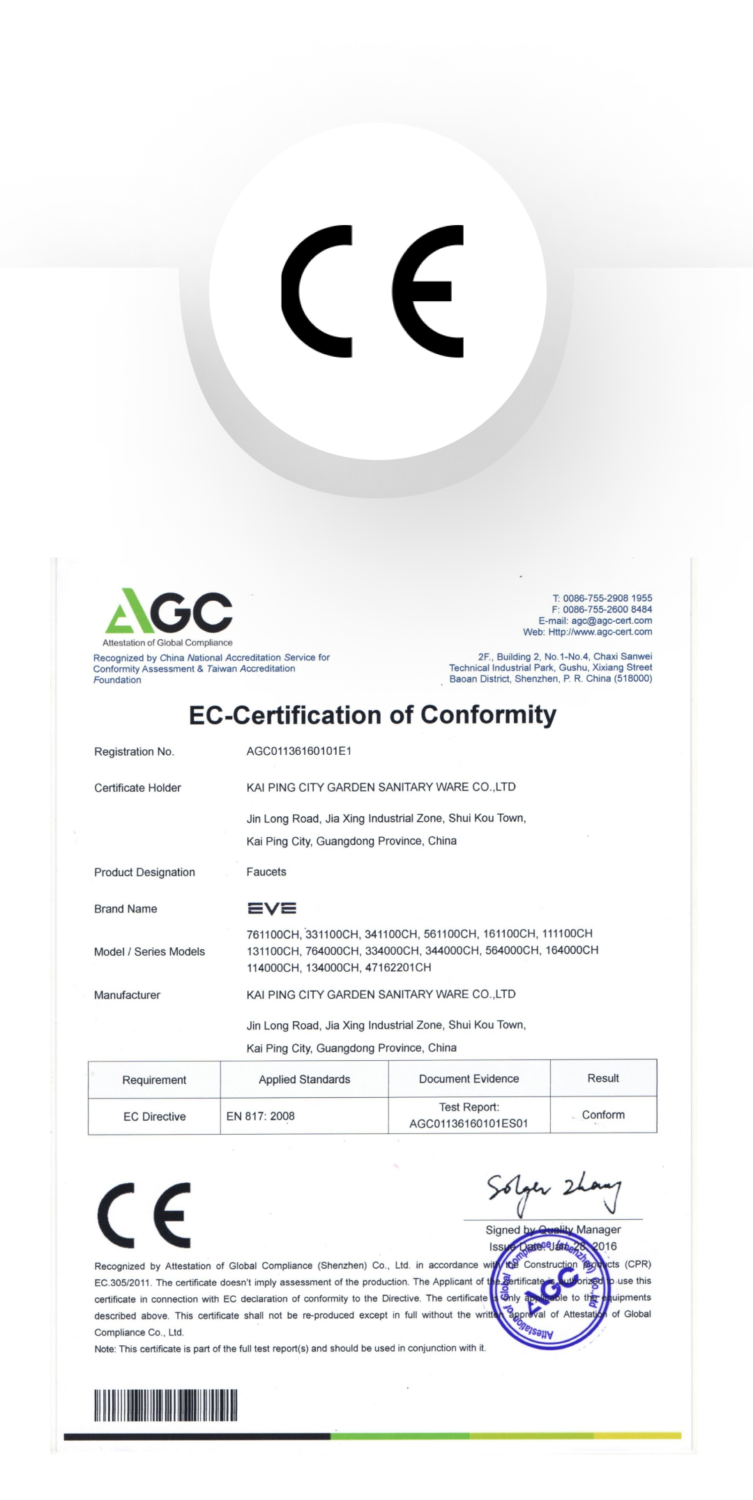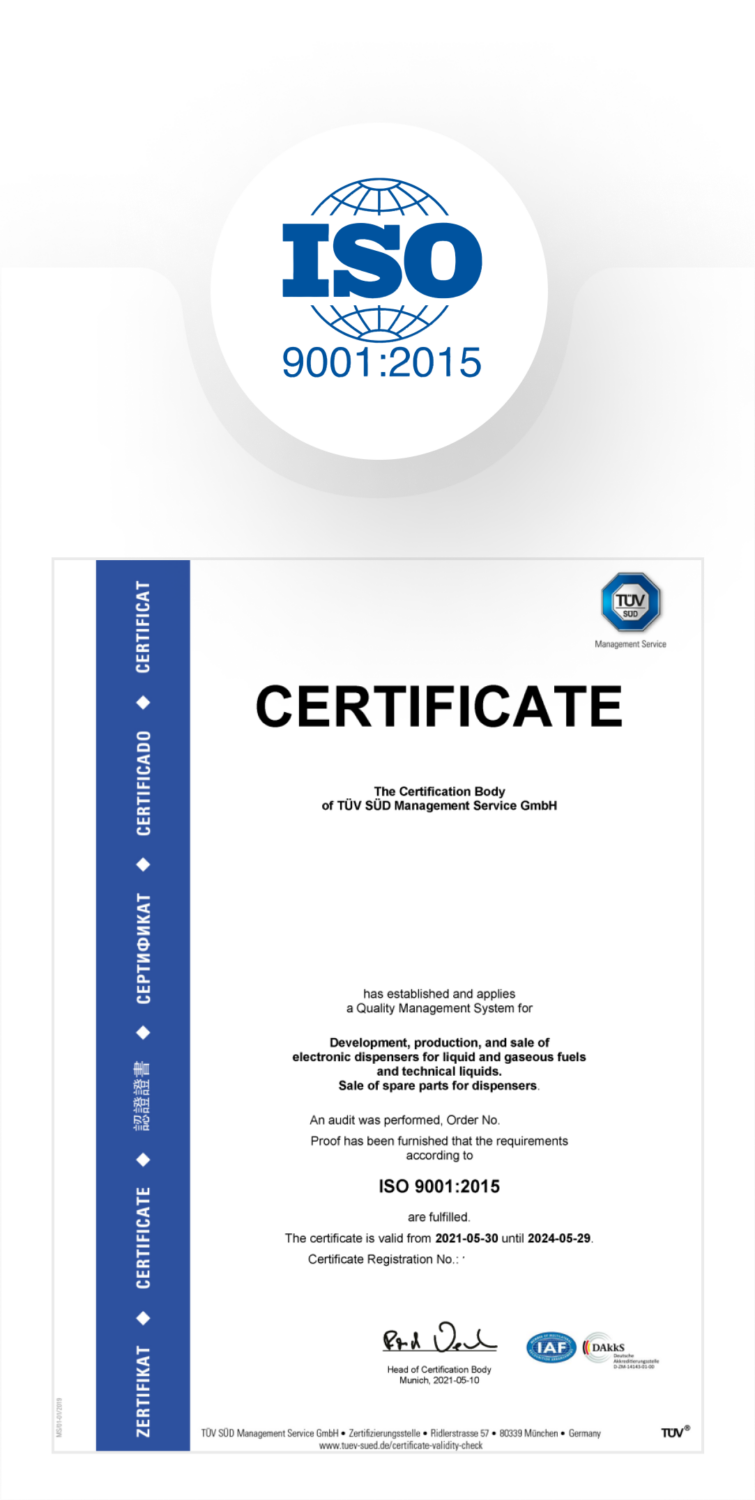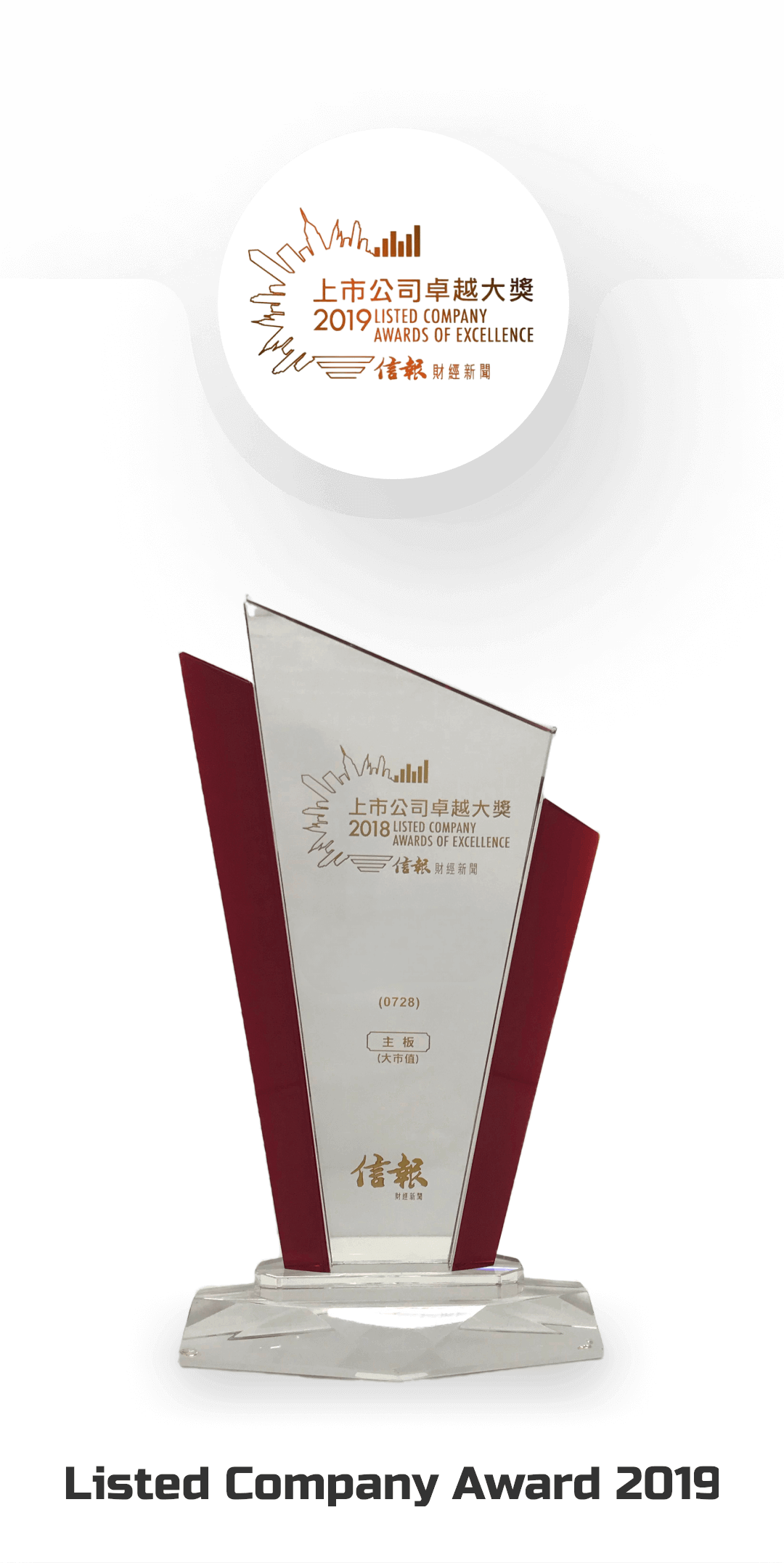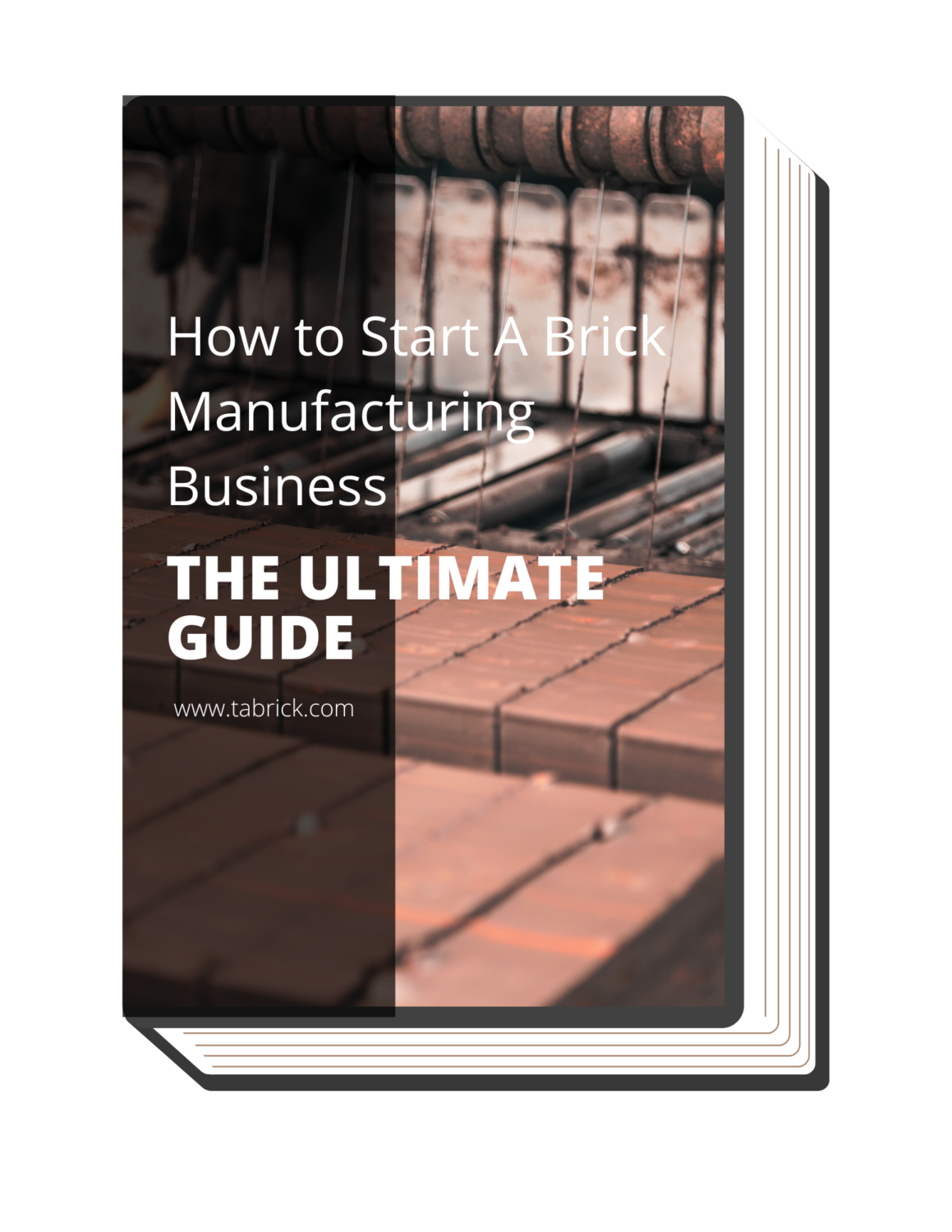#1 Material Quality and Durability
One of the most important factors to consider when purchasing interlocking brick molds is the quality and durability of the materials used. As a business owner, you want to ensure that the molds you invest in can withstand the test of time and produce consistent results. For instance, look for manufacturers that use high-quality materials, such as steel or industrial-grade plastic, which are known for their strength and durability.
#2 Mold Size and Design
The size and design of the interlocking brick mold are crucial factors that can affect the efficiency of your brick-making process. According to OKCredit, categorise your machinery according to the functions they are going to perform. Choose a mold design that is compatible with your production requirements, and make sure it can be easily integrated into your existing production line.
#3 Ease of Use and Maintenance
As a business owner, you want to ensure that the interlocking brick molds you invest in are easy to use and maintain. Look for molds with simple and straightforward designs that don't require extensive training or complicated procedures for operation. Additionally, consider how easy it will be to clean and maintain the molds, as this can significantly impact the overall efficiency of your brick-making process.
#4 Customization Options
Find an interlocking brick mold manufacturer that can cater to these specific requirements. According to This Old House, manufacturers use molds to create bricks, and the consistency and texture depend on the mold. Tabrick, for example, offers a range of customization options, allowing you to choose from various sizes, shapes, and designs to create the perfect mold for your business.
#5 Price and Return on Investment
Lastly, it's important to consider the cost of interlocking brick molds and the potential return on investment. Let me tell you, investing in high-quality molds may come at a slightly higher price, but they provide a better return on investment in the long run by ensuring consistent production and reducing the need for frequent replacements.




